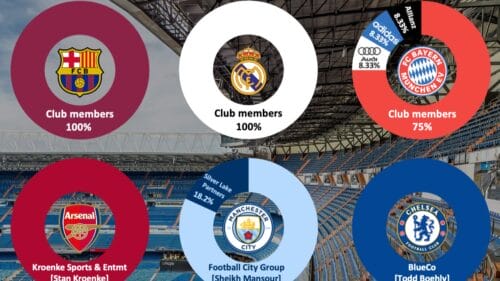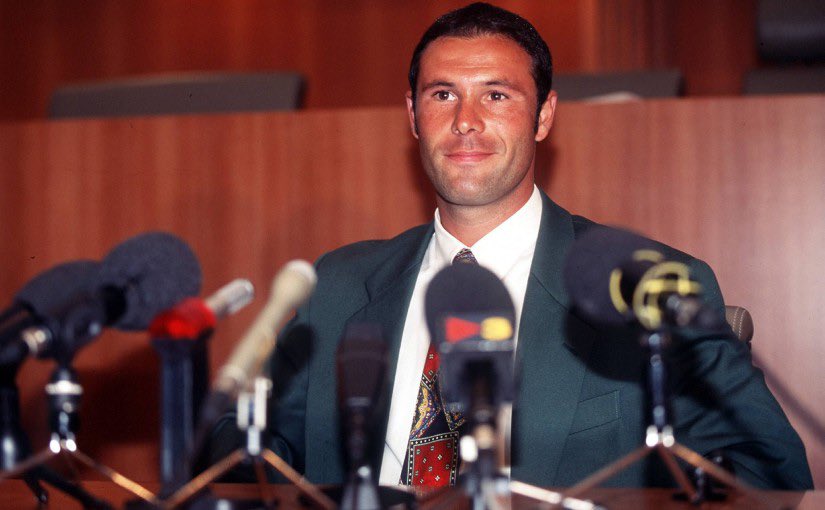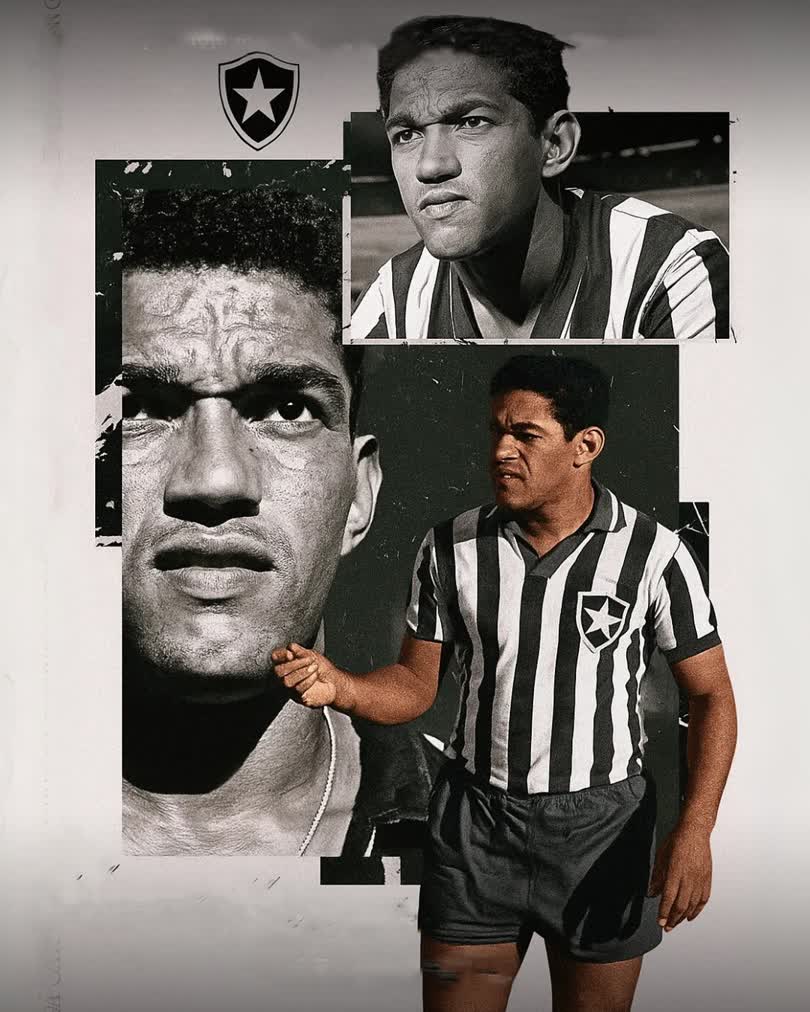Football club ownership refers to the individuals, corporations, or groups that own and control football clubs, making strategic and financial decisions. Football club ownership models have continuously evolved as a direct consequence of the ever-increasing growth experienced by the professional football industry over recent decades.
Football clubs – which until the turn of the new millennium, at least, were still predominantly local institutions controlled by local benefactors – have now in numerous cases turned into cross-national media and entertainment companies suitable for the implementation of global reputation or corporate and financial strategies.
Nowadays, member-owned clubs are the exception, not the rule, and for many fans, the idea that ownership could even be collective is unheard of. That’s because modern football has drifted into a model where clubs are traded like assets, not treasured as communities. Supporters are being pushed to the margins.
Furthermore, models vary from traditional single-club ownership by local businessmen or community members to increasingly prevalent multi-club ownership (MCO) models, where one entity controls multiple clubs.
MCO aims for strategic synergies, player movement, and financial benefits but faces scrutiny over potential conflicts of interest, dilution of club identity, and challenges to football’s integrity.
FootballOrbit presents you with different types of football club ownership.
Evolution of Football Club Ownership
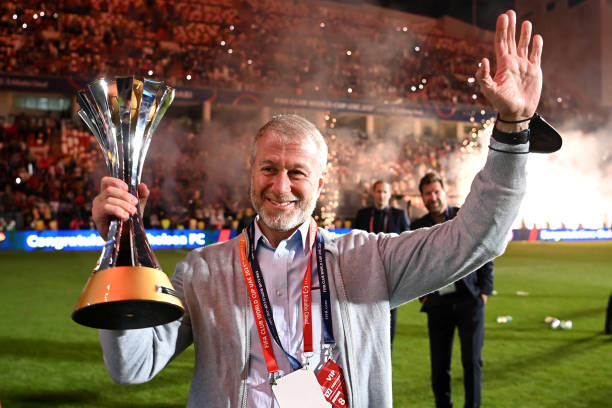
Early Models: Clubs were historically local institutions controlled by local benefactors and deeply connected to their communities.
The “Billionaire Era”: The 2000s saw significant investment from billionaires and sovereign wealth funds, transforming clubs into major media and entertainment businesses and widening the financial gap in the sport.
Rise of Multi-Club Ownership (MCO): A significant trend in recent decades, MCO involves a single entity owning stakes in multiple clubs, sometimes across different leagues and countries.
Types of Football Club Ownership
1. Fan-Owned Clubs
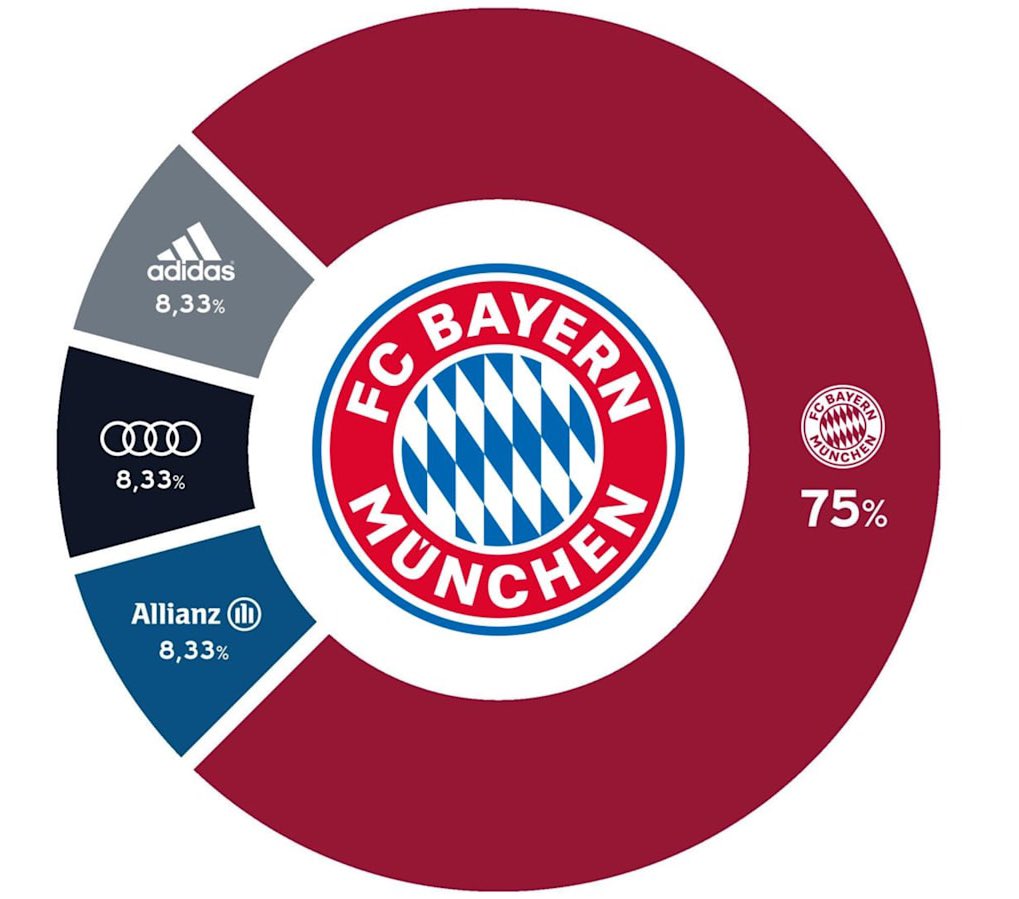
Fan ownership is a model that resonates deeply with the grassroots spirit of football. Clubs like FC Barcelona and Borussia Dortmund exemplify this model, where supporters collectively own and govern the club.
Moreover, Fan-owned clubs prioritize their communities and the game itself over profit maximization. They often involve fans in key decisions and benefit from a loyal and passionate fan base.
Likewise, this model emphasizes transparency and accountability, where fans have a say in how their beloved clubs are run.
However, fan-owned clubs can face financial challenges, particularly when competing against financially stronger rivals. The need for substantial investments to secure top talent can be a hurdle, but these clubs often rely on alternative revenue streams, like merchandising and creative sponsorship deals.
Notable examples of fan-owned clubs are:
Bayern Munich: Majority owned by their fans, with stakes held by Adidas, Audi, and Allianz.
Barcelona: Owned by their fans through a membership scheme.
Real Madrid: Owned by their fans through a membership scheme.
Boca Juniors: 315,000+ members.
River Plate: 281,000+ members.
Others include: FC Porto, Benfica, Sporting Lisbon, Athletic Bilbao, Osasuna, Eintracht Frankfurt, Schalke 04, Hamburger SV, FC St. Pauli, Flamengo, Fluminense, Palmeiras, Santos, Saõ Paulo, Internacional, Atlético Mineiro, Corinthians, Celtic, Rangers, Dundee, Dundee United, Motherwell, Hearts, and St. Mirren.
2. Single Club Ownership

A single owner or small group holds a majority stake. Clubs are owned by billionaires or wealthy investors.
Moreso, these owners inject significant capital into the clubs, enabling them to secure top-tier talent, build state-of-the-art stadiums, and compete at the highest levels of the sport.
Billionaire ownership brings with it financial stability, ambition, and the ability to attract marquee players. This model has led to the globalization of football, with clubs becoming household names worldwide.
Nonetheless, concerns about a lack of fan influence, potential financial excesses, and issues of accountability have been raised in billionaire-owned clubs.
Also, critics argue that these clubs can become disconnected from their roots and focused solely on financial success.
Examples of single club ownership include:
Arsenal: owned by Stan Kroenke.
Brighton & Hove Albion: owned by Tony Bloom.
Everton: owned by The Friedkin Group.
Juventus: Controlled by the Agnelli family, founders of Fiat, and listed on the Milan stock market.
PSG: Majority owned by Qatar Sports Investments, established by Sheikh Tamim Bin Hamad Al Thani.
Inter Milan: Nearly 70% was acquired by Chinese electronics retailer Suning Commerce Group Co Ltd in 2016.
Liverpool: Owned by Fenway Sports Group, also owners of the Boston Red Sox baseball team.
Bayer Leverkusen: Still owned by the pharmaceutical company Bayer, which founded the club in 1904.
Tottenham: Family of Joe Lewis (60%) & Daniel Levy (25%).
3. Investor Ownership
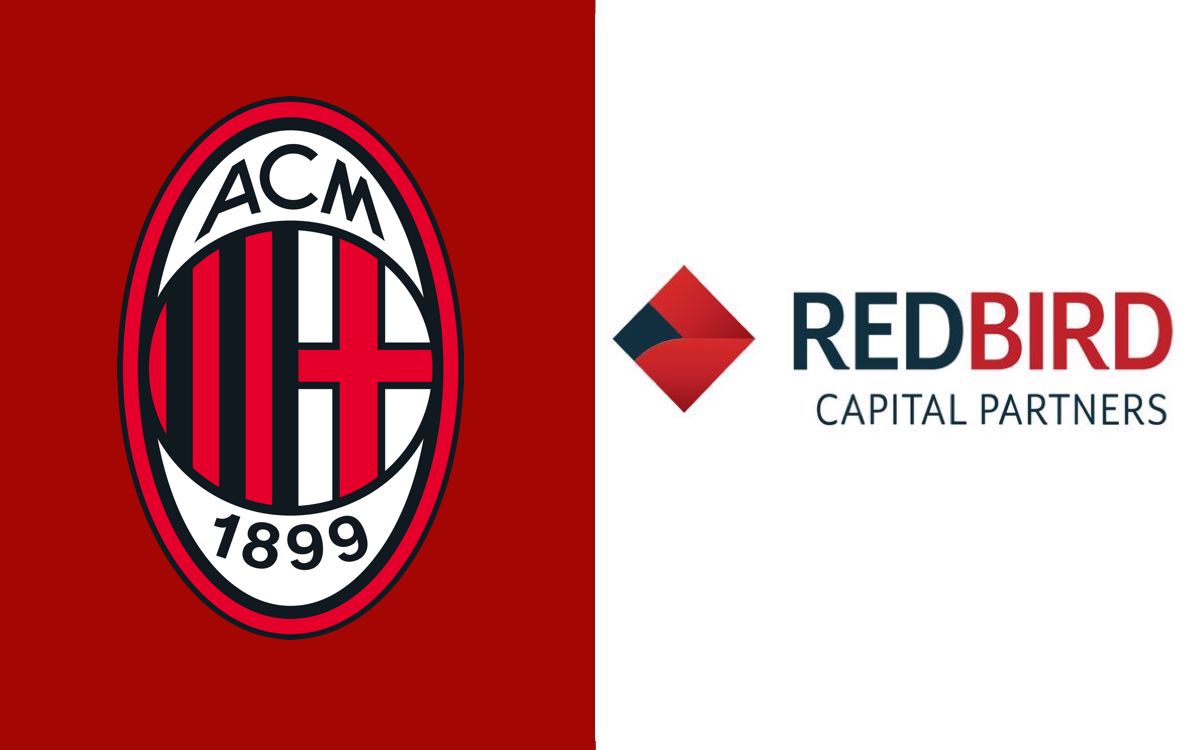
Many football clubs fall between the two extremes of fan-owned and billionaire-owned models. These clubs often have a mix of investors, which can include local businesspeople, consortiums, or even publicly traded companies.
Investor-owned clubs aim to strike a balance between financial sustainability and fan engagement. They benefit from diverse revenue sources and have the potential for significant investments in player acquisitions and infrastructure.
However, investor-owned clubs can face challenges related to governance and decision-making. Balancing the interests of various investors, each with their own priorities, can be complex.
Furthermore, there’s a fine line between healthy financial investment and overindulgence, which can lead to financial instability.
Examples are:
Crystal Palace: Woody Johnson (43%), Josh Harris (10%), David Blitzer (10%), Steve Parish (10%).
Aston Villa: Owned by V Sports, which is jointly owned by Wes Edens.
Wrexham AFC: Was previously controlled by a supporters’ trust before being purchased by Ryan Reynolds and Rob McElhenney.
Leeds United: 49er Enterprises
Manchester United: Glazer family (51.75%), Sir Jim Ratcliffe/INEOS (27.7%).
AC Milan: RedBird Capital Partners.
4. Multi-Club Ownership (MCO)
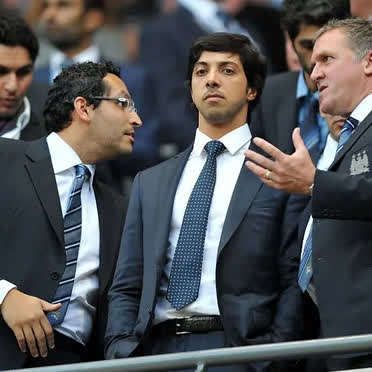
Also called Common Ownership, one entity holds majority control over several clubs.
Examples are:
BlueCo: Chelsea and Strasbourg.
City Football Group: Manchester City, New York City FC, Girona, EC Bahia, Palermo, and Mumbai City.
Red Bull GmbH: Red Bull Leipzig, New York Red Bulls, Red Bull Bragantino, Red Bull Salzburg, and FC Liefering.
Saudi Public Investment Fund (PIF): Newcastle United, Al-Hilal, Al-Nassr, Al-Ittihad, and Al-Ahli.
Motivations Behind Multi-Club Ownership
Player Development and Movement: Facilitating the movement of players between clubs within the network for development or financial purposes.
Strategic Synergy: Achieving shared learning, coordinated planning, and performance benefits across the entire group of clubs.
Financial Benefits: Leveraging the network for financial gain and to meet financial regulations.
Brand Building: Using clubs to promote a global brand or consistent playing style.
Challenges and Controversies of Multiple-Club Football Ownership
Conflicts of Interest: UEFA rules can prevent commonly owned clubs from competing in the same European competition.
Notably, Crystal Palace were disqualified from playing in the Europa League this season (instead demoted to the Conference League), due to one of their shareholders simultaneously owning a stake at French side, Olympique Lyon, who are in the same competition.
Club Autonomy and Identity: Fans often fear that their club’s traditions and local identity will be diluted by the MCO group’s global strategy.
For instance, fans of Ligue 1 side Strasbourg are protesting against the continued ownership of BlueCo, which also own Chelsea.
Financial Integrity: Questions arise about the transparency of financial dealings within MCO groups and the potential for funds to benefit other clubs.
Player Treatment: Smaller clubs in an MCO network may be seen as “feeder clubs,” risking the loss of their best players and ambition.
Examples are clubs like Girona and Man City under the City Football Group.

